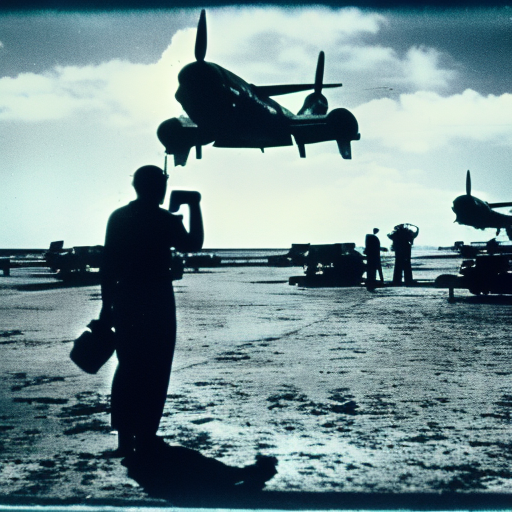Summary:
Operation Crossroads was a series of nuclear weapon tests conducted by the United States at Bikini Atoll in the Pacific Ocean in 1946. The purpose of the operation was to study the effects of nuclear weapons on naval ships and other structures. The tests consisted of two detonations, codenamed Able and Baker, which resulted in significant damage to the target ships and surrounding area. Operation Crossroads played a crucial role in advancing nuclear weapons research and understanding the potential consequences of their use.
Background:
After the end of World War II, the United States emerged as the world’s first nuclear power. With the development of atomic bombs, there was a need to understand the effects of nuclear weapons on military equipment and infrastructure. Operation Crossroads was designed to provide valuable data on the impact of nuclear explosions on naval vessels and to assess the feasibility of using nuclear weapons in future conflicts.
The Tests:
Operation Crossroads consisted of two detonations: Able and Baker. The Able test, conducted on July 1, 1946, involved dropping a bomb from an aircraft onto a target fleet of ships anchored at Bikini Atoll. The explosion produced a fireball and a mushroom cloud, but the damage to the ships was relatively limited. This led to the decision to proceed with the second test, Baker.
The Baker test, conducted on July 25, 1946, involved detonating a bomb underwater near the target ships. The resulting explosion created a massive water column and a radioactive mist that contaminated the ships and the surrounding area. The Baker test caused extensive damage to the target ships, sinking several and severely damaging others. The radioactive fallout from the test also had long-lasting effects on the environment and the health of the personnel involved.
Impact and Legacy:
Operation Crossroads provided valuable data on the effects of nuclear weapons on naval vessels and infrastructure. The tests demonstrated the destructive power of nuclear explosions and highlighted the need for protective measures against radiation. The data collected from Operation Crossroads contributed to the development of improved nuclear weapons designs and influenced military strategies during the Cold War.
The tests also raised awareness about the potential environmental and health hazards associated with nuclear weapons. The radioactive contamination caused by the Baker test led to the displacement of the Bikini Atoll residents and had long-term effects on the ecosystem of the area. The tests served as a stark reminder of the devastating consequences of nuclear warfare and played a role in shaping public opinion on nuclear weapons.
Operation Crossroads also had international implications. The tests were observed by representatives from various countries, including the Soviet Union, which later developed its own nuclear weapons. The demonstrations of the destructive power of nuclear weapons during Operation Crossroads contributed to the arms race between the United States and the Soviet Union, leading to increased tensions during the Cold War.
In conclusion, Operation Crossroads was a series of nuclear weapon tests conducted by the United States in 1946 to study the effects of nuclear explosions on naval vessels and infrastructure. The tests, codenamed Able and Baker, provided valuable data on the destructive power of nuclear weapons and their potential environmental and health hazards. Operation Crossroads played a significant role in advancing nuclear weapons research and shaping military strategies during the Cold War.












